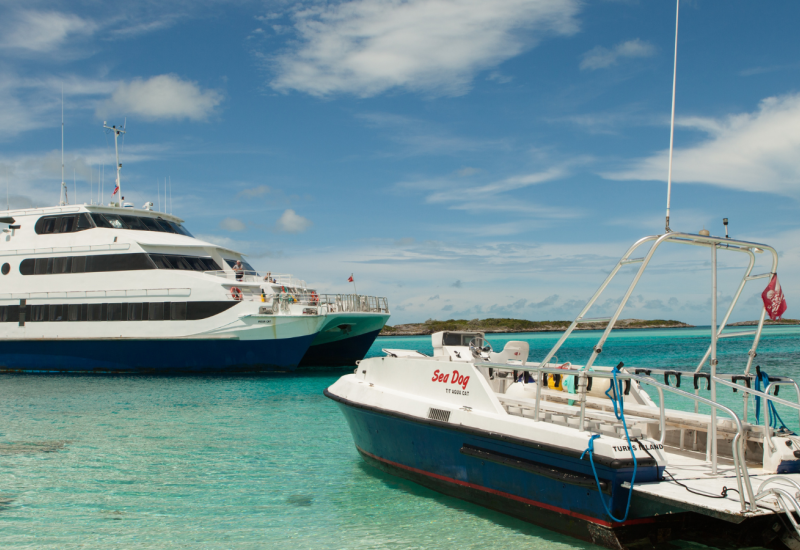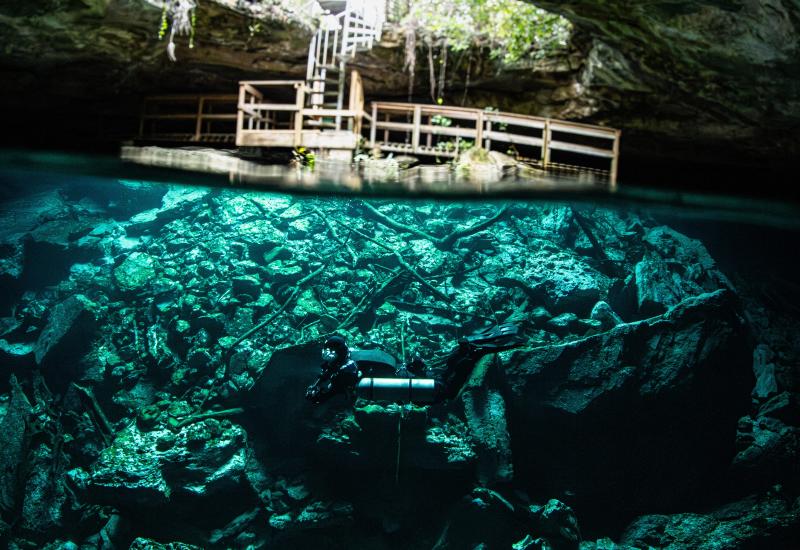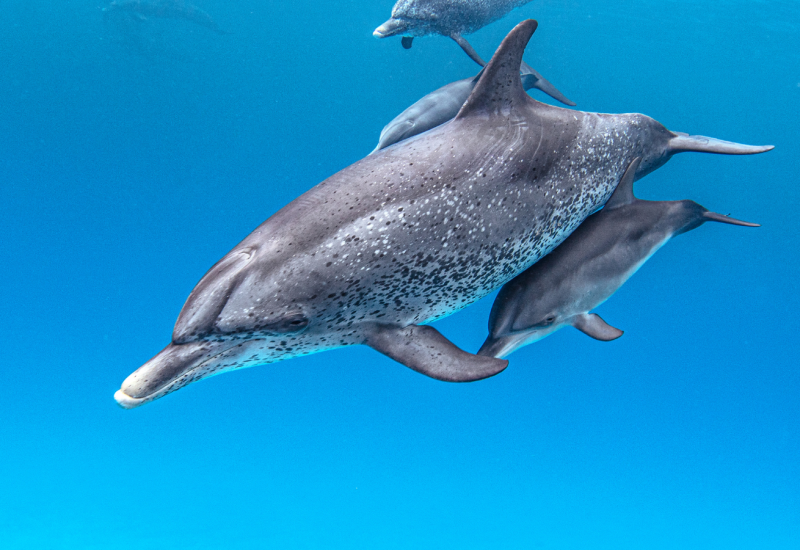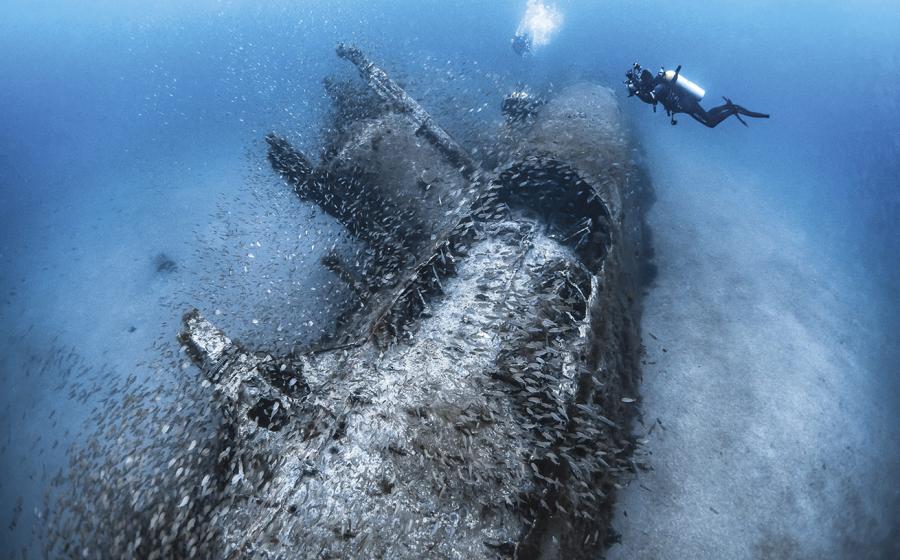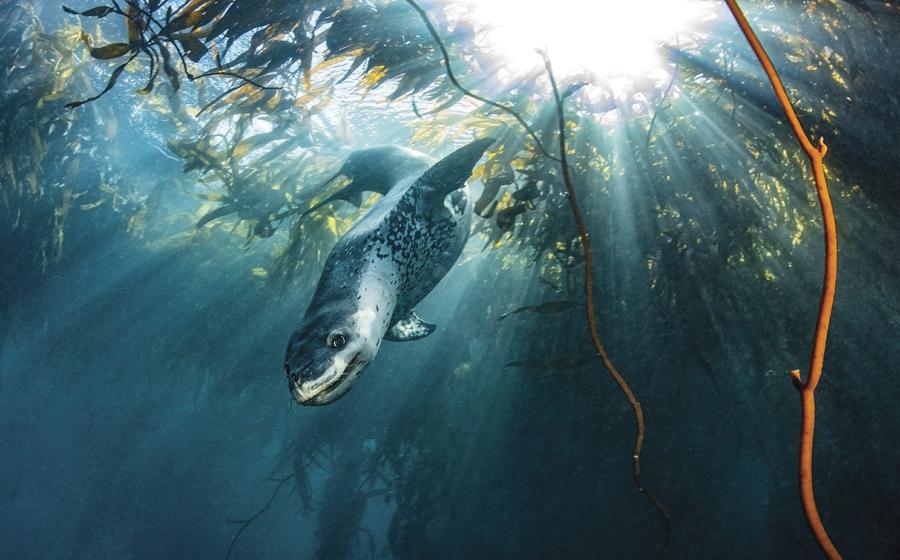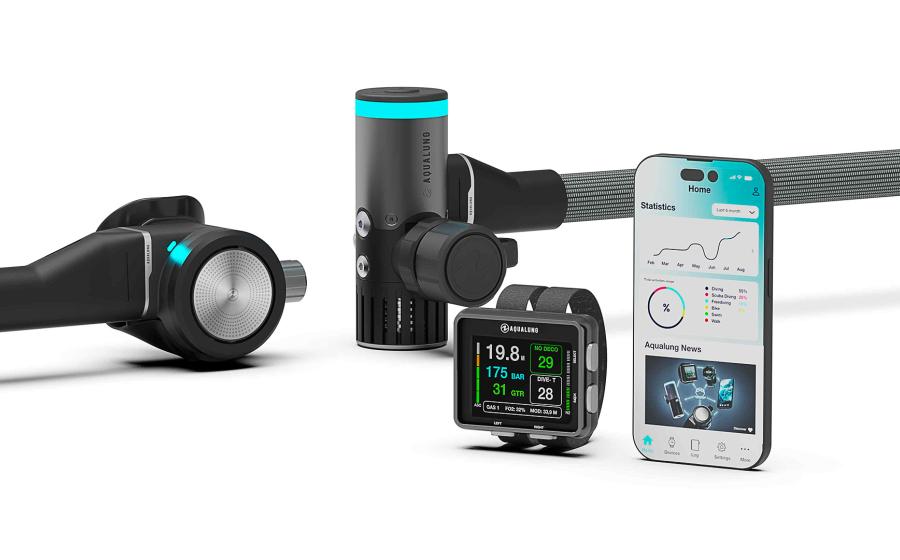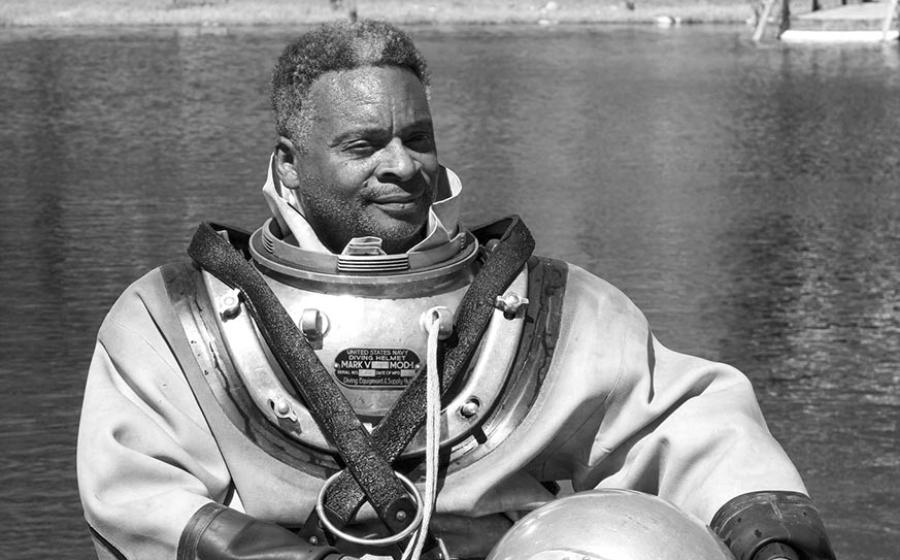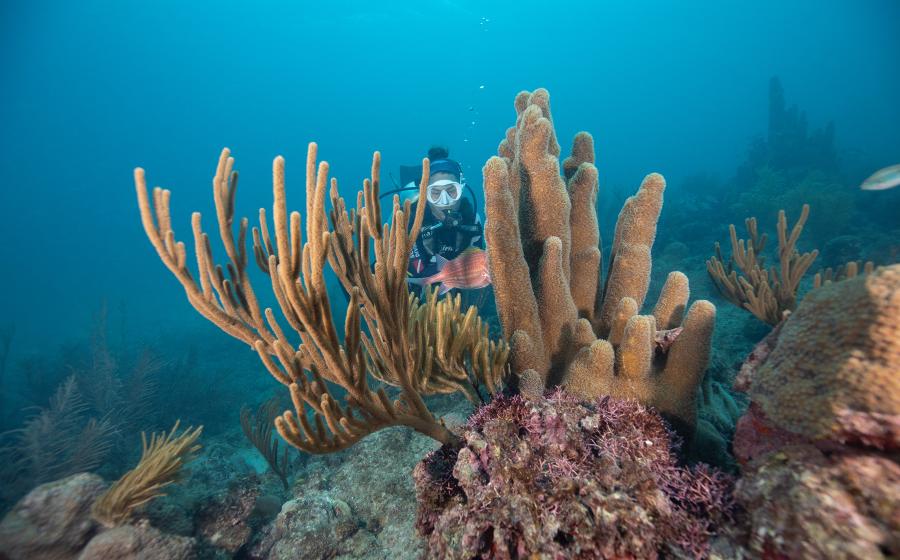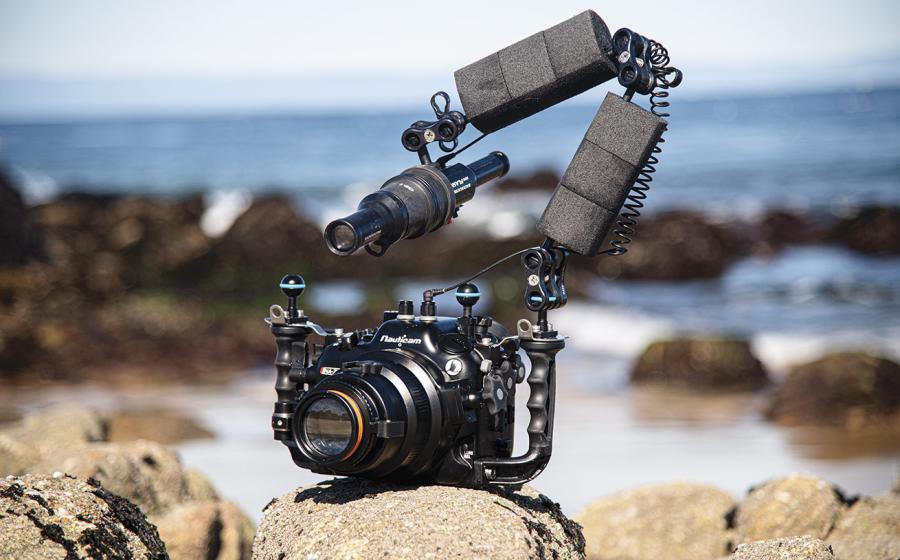Three Caribbean Places to Enjoy Beginner Freediving
Competitive and serious freediving is better left to the pros, and even basic freediving isn’t for everyone. But if you’re curious about trying the sport, take a freediving course designed to introduce you to the basics, and then plan a trip to one of these Caribbean hot spots to try out your new skills. You can practice freediving anywhere in the world there’s water, but at these three places, you will discover that sometimes, it’s worth it to leave behind your scuba tank.
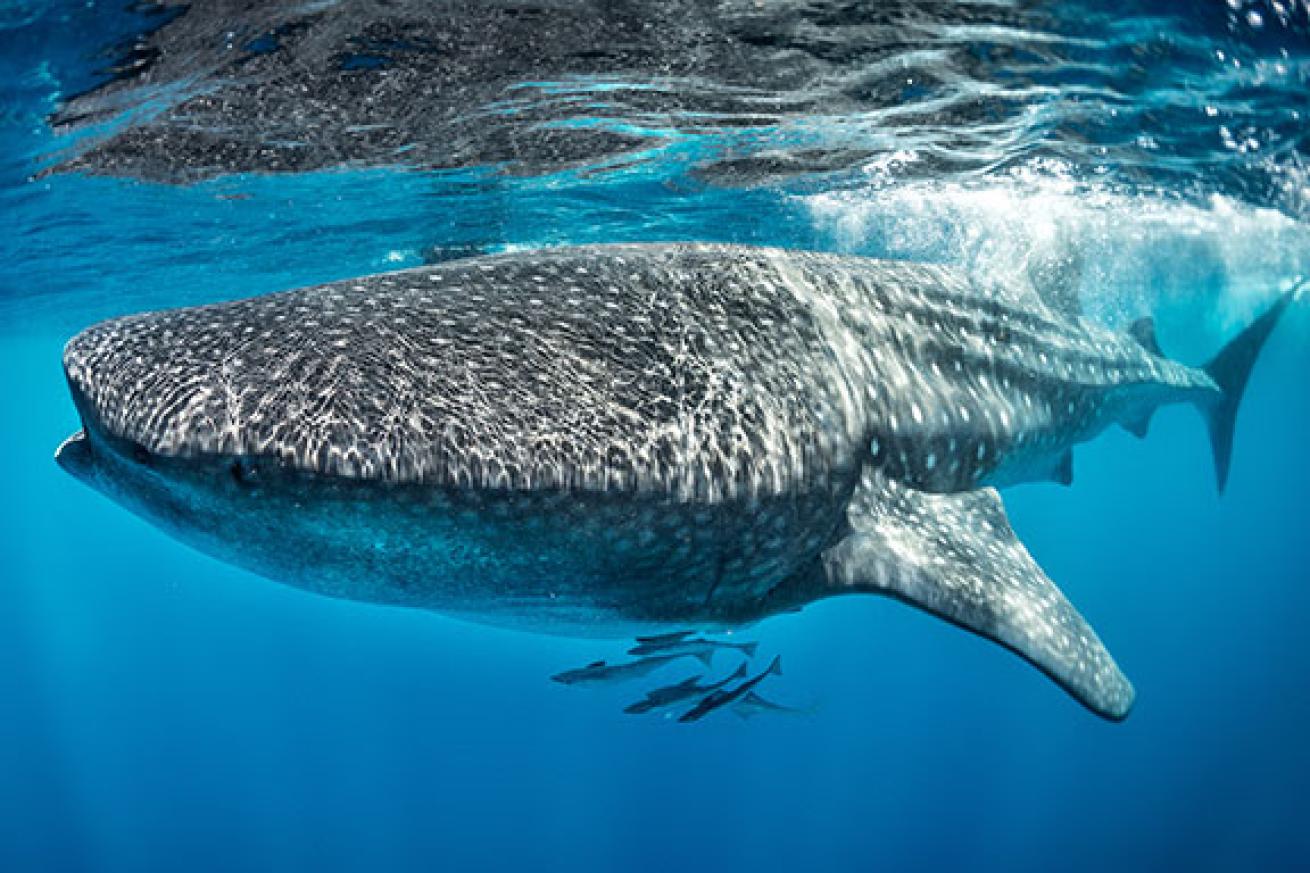
iStockEvery year, whale sharks migrate to Isla Contoy, off Mexico's Yucatan Peninsula, to feed on plankton in the warm waters of the Caribbean Sea.
Isla Contoy, Mexico
Some places are known for freediving training, like Dean’s Blue Hole in the Bahamas and Two Step in Kona, Hawaii, but some places require at least some basic freediving skills in order to enjoy the reason you’re there. The latter is true of Isla Contoy, Mexico, where you’ll want to be able to freedive to see and photograph the summertime congregation of whale sharks. In fact, diving here on scuba is prohibited. And while you can snorkel at the surface to do this whale shark encounter, you’ll witness the beauty of the sharks underwater — and get spectacular photos — if you’re able to freedive.
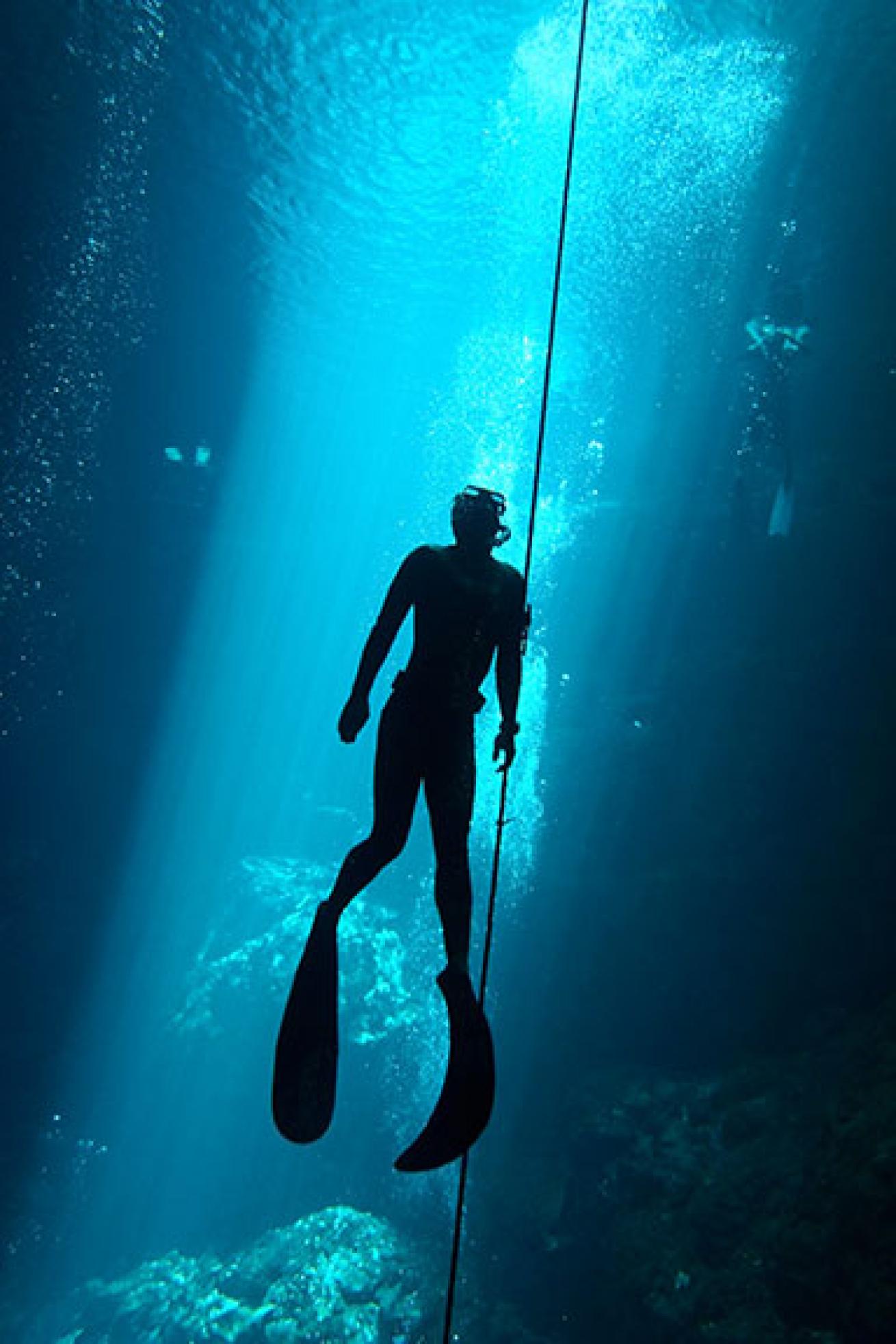
iStockEach cenote in Mexico’s Riviera Maya region is unique, and most of them can be explored by freedivers.
Riviera Maya, Mexico
The myriad cenotes of Mexico’s Yucatan Peninsula have become popular with scuba divers, but it’s the iconic shots of freedivers bathed in sunbeams and surrounded by fascinating structures like stalactites that have captivated underwater photographers. It is the simplest way to appreciate the beauty of these sinkholes. The crystal-clear water makes the experience a little surreal. The word cenote comes from the Maya word dzonot, or sacred well. These natural pits are the result of the collapse of limestone bedrock, which exposes groundwater underneath.
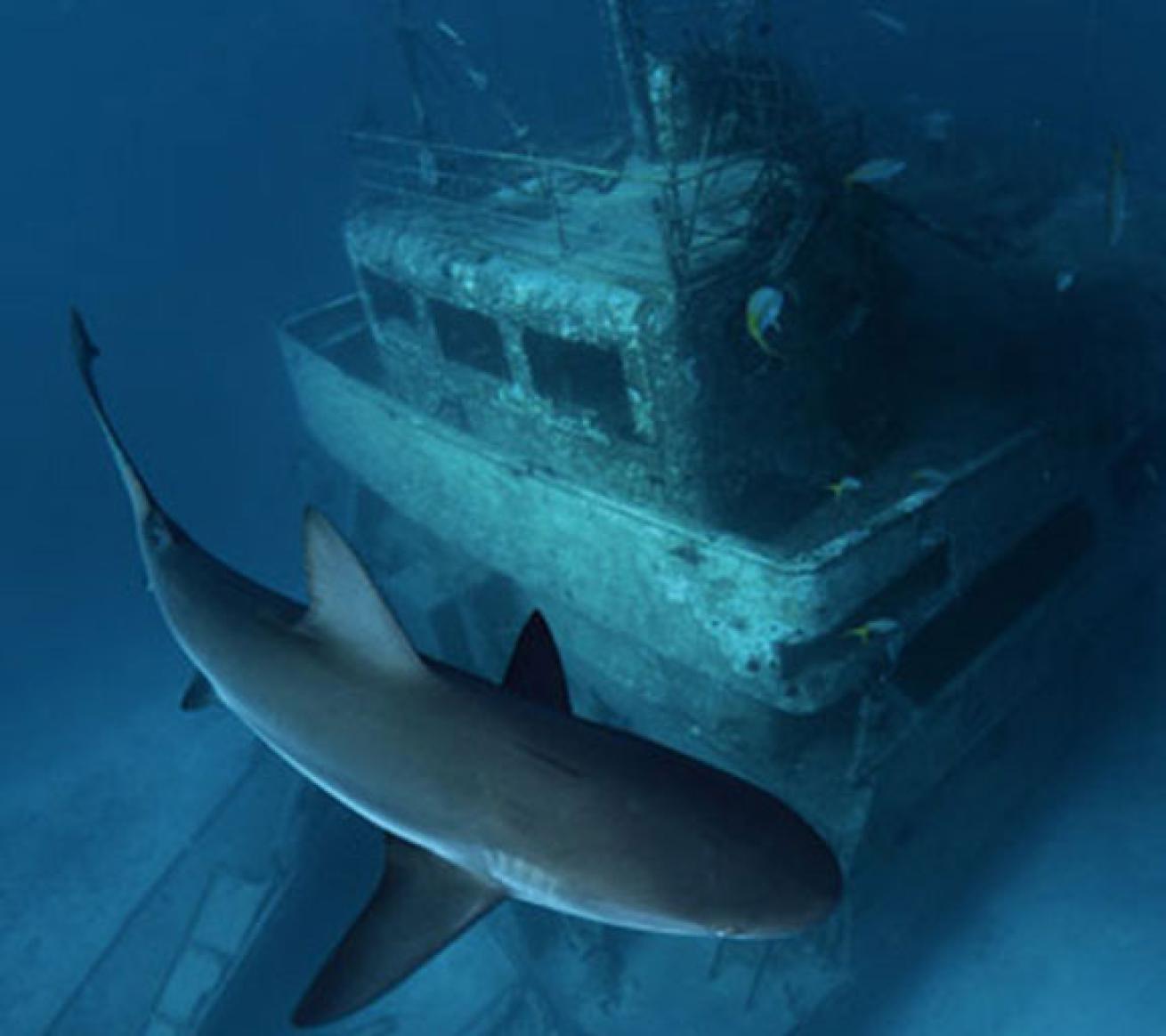
Courtesy Stuart Cove's Dive BahamasExperienced freedivers can drop down to the stern in 60 feet of water on the Bahamas’ Ray of Hope wreck.
New Providence, Bahamas
Where can you freedive on a wreck with Caribbean reef sharks? This combo experience is possible on the Ray of Hope wreck off New Providence, Bahamas. The 200-foot former interisland freighter sits upright and is located off the island’s southwestern coast. Beginning freedivers can fin down to the bow in just 40 feet of water. The location of one of Stuart Cove’s Dive Bahamas’ most-popular Caribbean reef shark encounters, the sharks will definitely amp up the excitement.
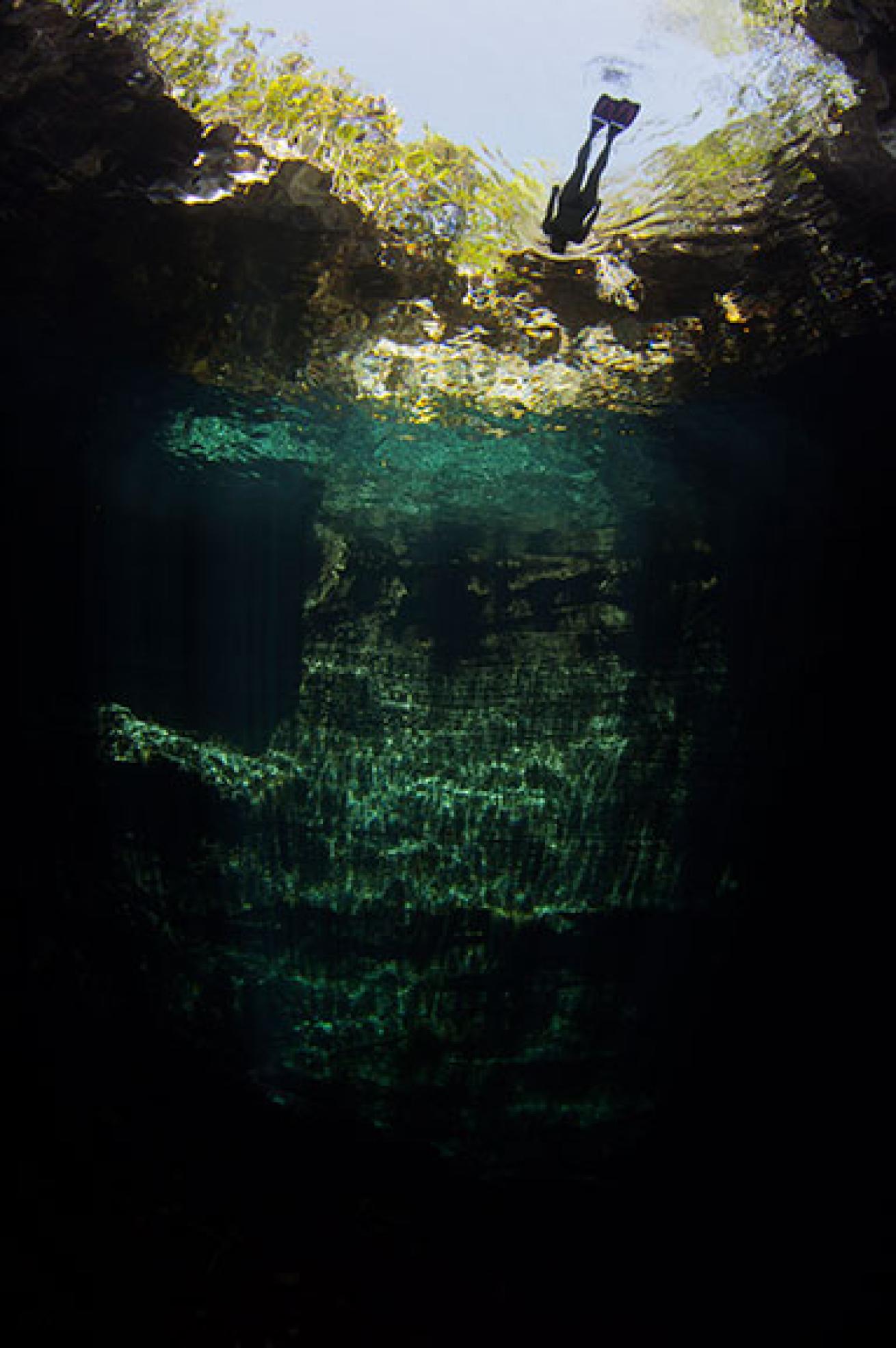
iStockPopular freediving hot spots are "blue holes," like the ones found in the Bahamas.
Freediving Training
Freediving requires incredible mental concentration, and your training will prepare you to slow and regulate your breathing and heart rate. In PADI’s Freediver course you’ll learn advanced breathing techniques in order to conserve oxygen while breath holding and to increase depth and time underwater. Here’s what you’ll do:
1) Learn about freediving principles, including how your body reacts to breath-holding and how water pressure affects you as you free dive.
2) Learn breath-hold techniques in a confined-water session as well as learn static and dynamic apnea — static apnea of 90 seconds and dynamic apnea of 80 feet.
3) Practice free immersion (pulling yourself along a line) and constant weight (duck-diving headfirst while following a line), plus proper buddy procedures in open water. You also practice basic rescue techniques and learn your role as a buddy. The goal is for you to be able to make a constant weight freedive of 30 feet.
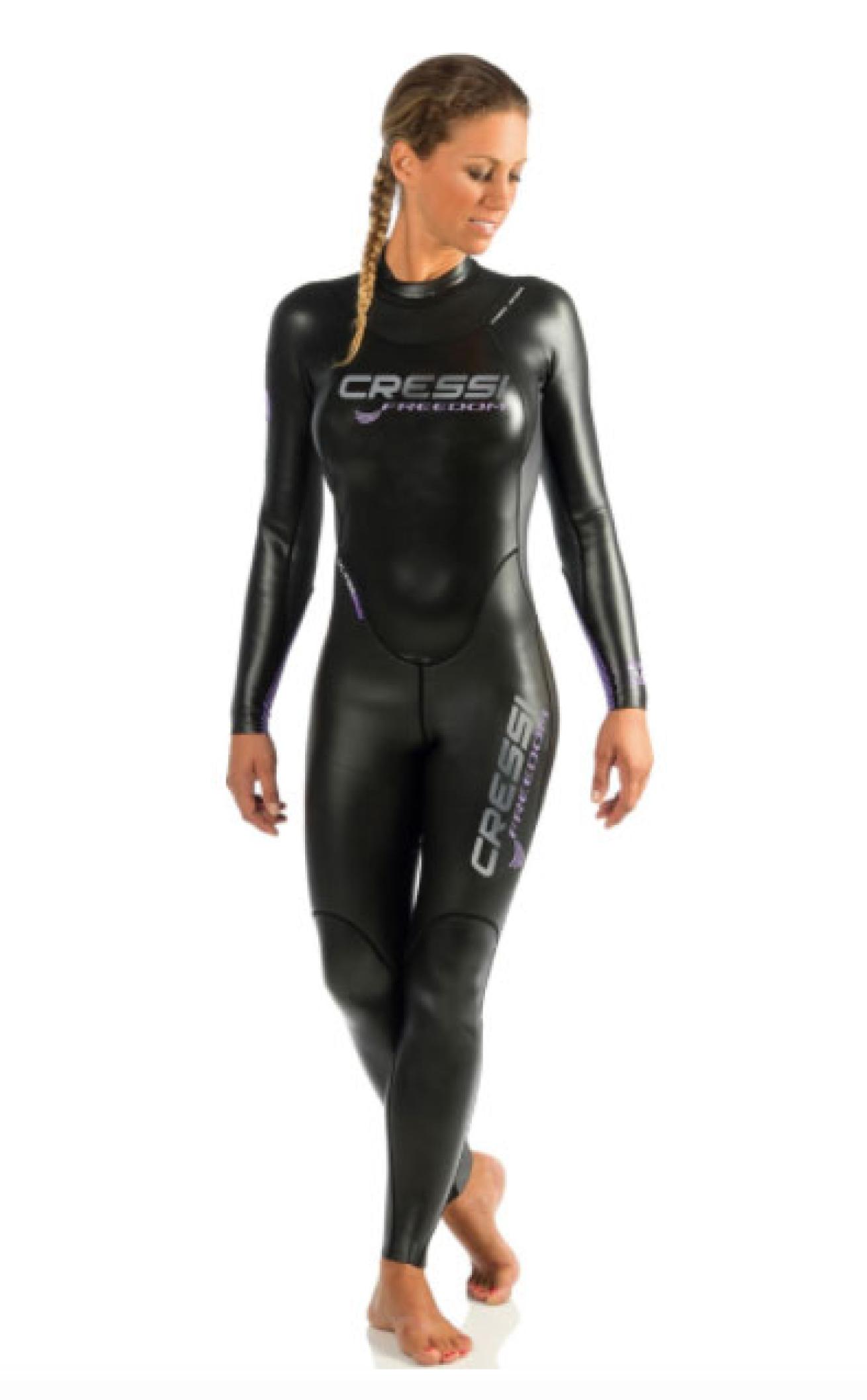
Courtesy CressiThere is no such thing as unisex or one-size-fits-all when it comes to freediving wetsuits. Female freedivers should get a wetsuit specifically made for women — and make sure it fits well.
Get the Right Gear
In the PADI Freediver course, you'll need a mask, snorkel and fins, and a wetsuit and weight belt. In this course, you may be able to use snorkeling equipment you already own. Using gear designed specifically for freediving is best, however, such as a low-volume mask and long-blade fins that are designed for freedivers. If you progress in the sport, you’ll want to own carbon fiber blades and fluid goggles, but most important, make sure your gear fits you and will work for the freediving you’ll be doing. Fit is crucial in your wetsuit. The Cressi Freedom 1.5mm Wetsuit is designed with a freediver’s safety and comfort in mind. The interior is lined in X-Thermic, ensuring good insulation, and the fluorescent accent colors help make the freediver visible to safety divers. This sleek-looking suit is easy to pull on and off, and is perfect for those freediving in warm water.
Contact: Cressi

